Dental Biomaterials & Bioengineering
Dental biomaterials have attracted a lot of attention due to their high performance, as well as the increased migration and proliferation of cells involved in implant osseointegration. Natural tissues and biocompatible synthetic materials are utilised to replace decaying, broken, or shattered teeth in dental biomaterials. Enamel, dentin, cementum, bone, and other intraoral tissues are all-natural dental tissues. Metals, ceramics, polymers, and composite structures are examples of biocompatible synthetic dental materials. Bioengineering, often known as BioMed or BME, is a multidisciplinary STEM area that integrates biology and engineering, as well as the application of engineering ideas and design concepts to medicine and biology for the purpose of improving healthcare.
- Stem cells in dentistry
- Biocompatibility of biomaterials
- Shape optimization
- Dental restorations
- Applications of dental biomaterials
- Material science and dentistry
- Nanodentistry
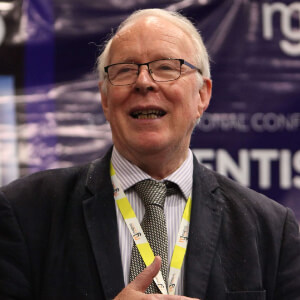
David Geoffrey Gillam
Queen Mary University of London, United Kingdom
Zvi Loewy
New York Medical College, United States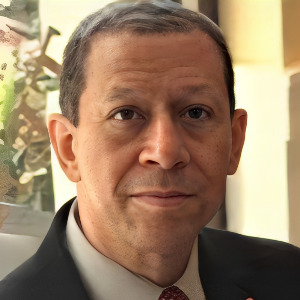
Khamis A Hassan
Global Dental Research Centre, Canada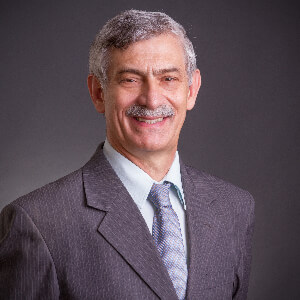
Laurindo Moacir Sassi
Erasto Gaertner Hospital Cancer Center and Mackenzie Evangelical University Hospital, Brazil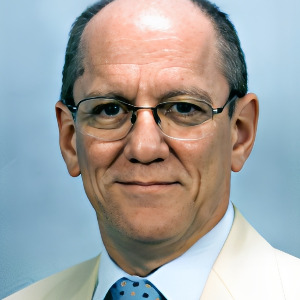
Arnaldo Castellucci
Dr. Castellucci MD, DDS, Italy
Yasser Khaled
Marquette University, United States
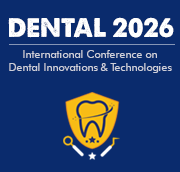


Title : Efficacy of a biomin F toothpaste compared to conventional toothpastes in remineralisation and dentine hypersensitivity: An overview
David Geoffrey Gillam, Queen Mary University of London, United Kingdom
Title : Knowledge and attitudes of dental professionals in the evaluation of Molar Incisor Hypomineralisation (MIH): Awareness, diagnosis and treatment approaches: An overview
David Geoffrey Gillam, Queen Mary University of London, United Kingdom
Title : The coordinated triad of spatial temporal and biomechanical strategies managing the where when and how of shrinkage stress in bulk fill resin composite restorations
Khamis A Hassan, Global Dental Research Centre, Canada
Title : Dental treatment of 1500 young children under general anesthesia
Jaap Boehmer, Rijnstate Hospital, Netherlands
Title : Enhancing root canal success strategic use of orifice opener one step synthesis gels orifice barriers
Emmanuel Samson, Consultant Total Dental Care, India
Title : Importance of clinical pharmacokinetics of medications in the postoperative period of patients undergoing dental surgical procedures
Vitoldo Antonio Kozlowski Junior, Ponta Grossa State University, Brazil